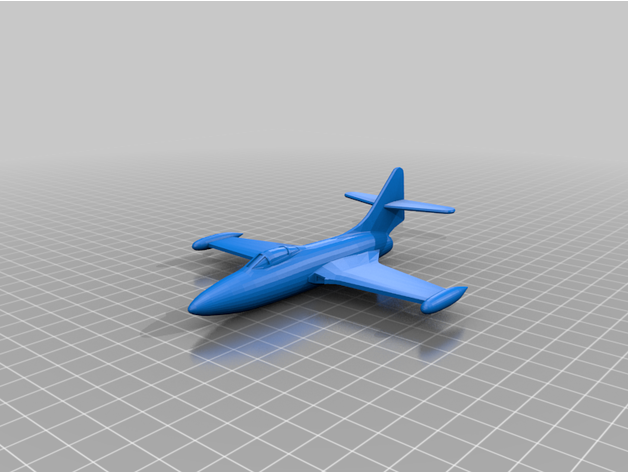The future is NOW! Once you get a little practice with Tinker Cad, you'll be surprised at what you can do. If you run into problems with total file size, brake the project down into smaller sections giving each one a separate file. Another really handy tip is that you can import .stl and .svg files into Tinker Cad. You can then rescale or chop the .stl files up to use just parts of them. The .svg files can be handy for making shapes that are too difficult in Tinker or - my favorite - adding 3D text and graphics to an existing design.
This title plate for my 1/9 scale Hasegawa Clerget 9B engine model was made by taking two .svg files (one for the basic shape and one for the text, rim and rivets) and stacking them together in Tinker Cad.
View attachment 137670
I used the exact same basic design to create this engine data plate. I took the basic design and chopped it using a pair of "negative space" cones (dimensioned to fit the contours of the engine case), then re-scale (re-sized) the now curved data plate.
View attachment 137672
Here's a general shot of the rear of the engine. Almost all of these details were designed using Tinker Cad and printed on my desktop 3D printer (Anycubic Photon).
View attachment 137673View attachment 137674
With some practice, you'll start wondering how you ever built models without your printer.






